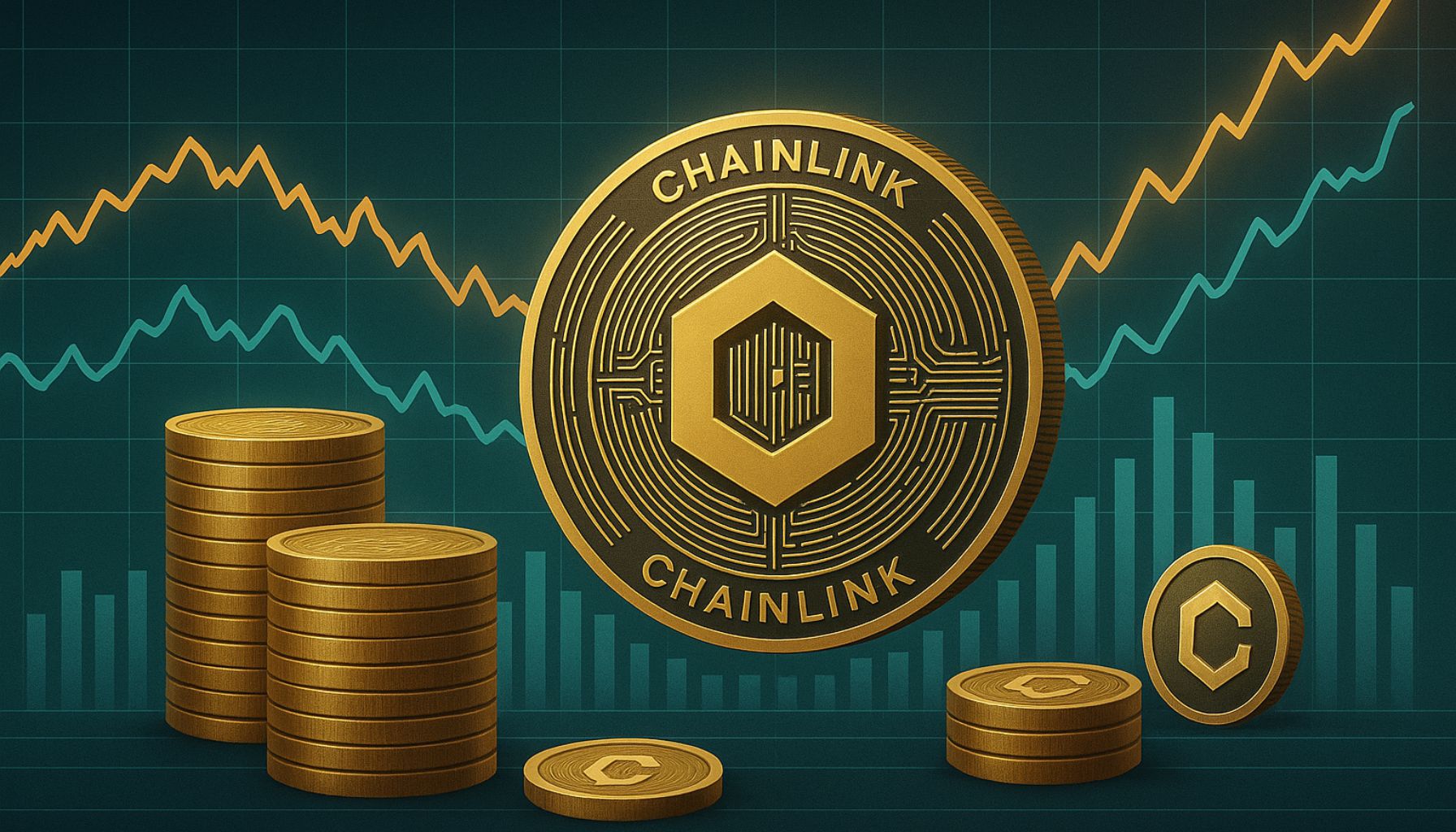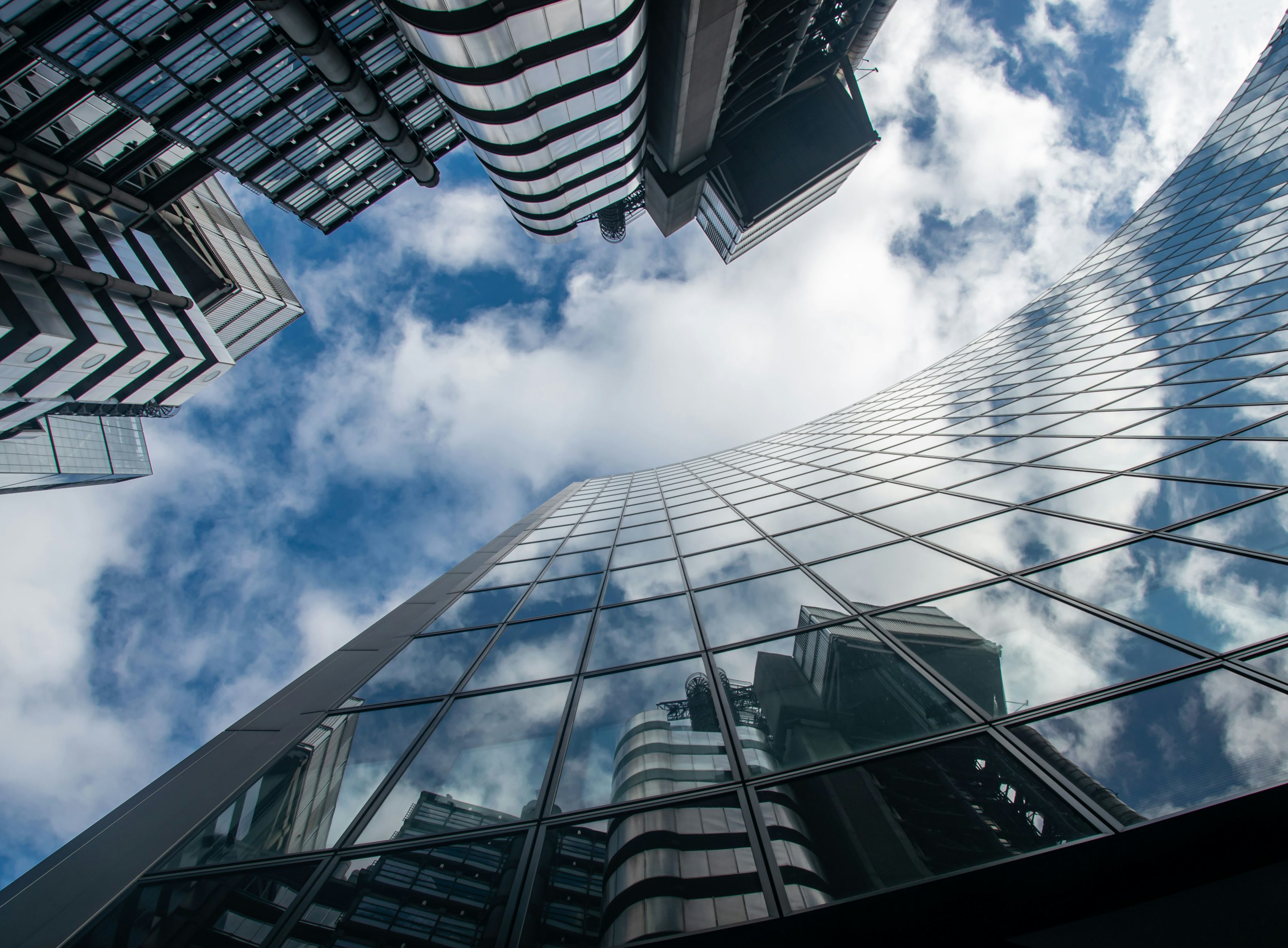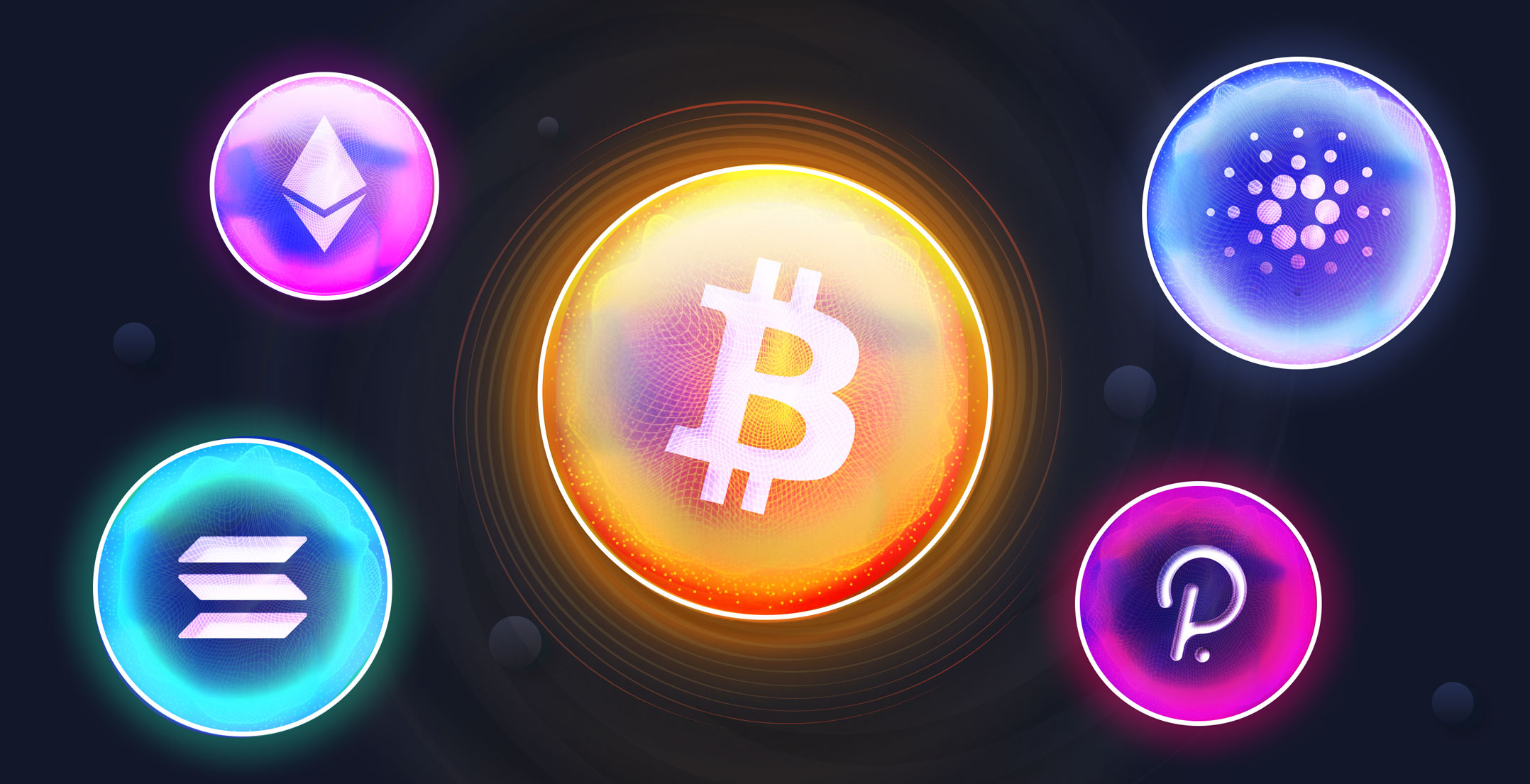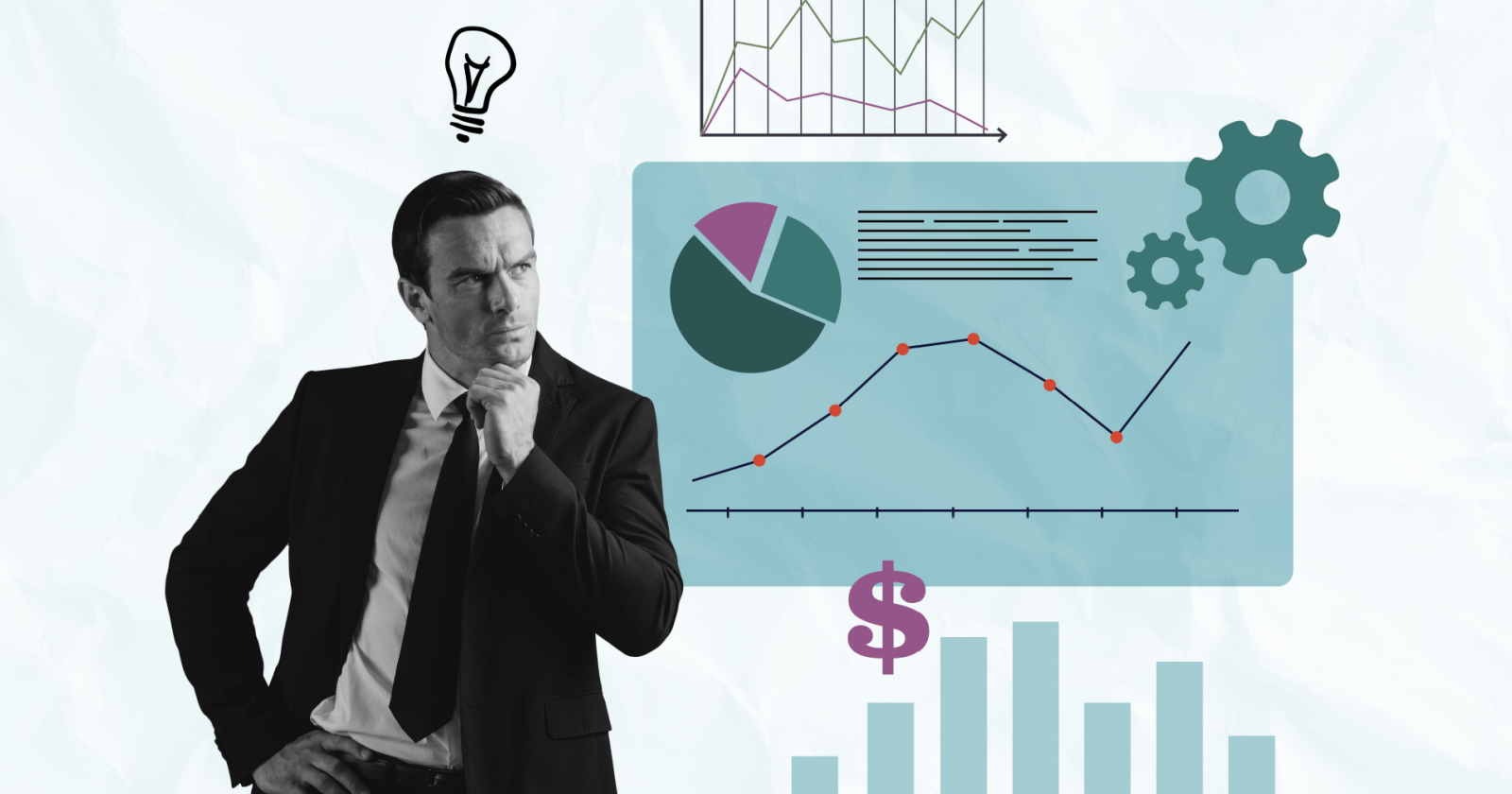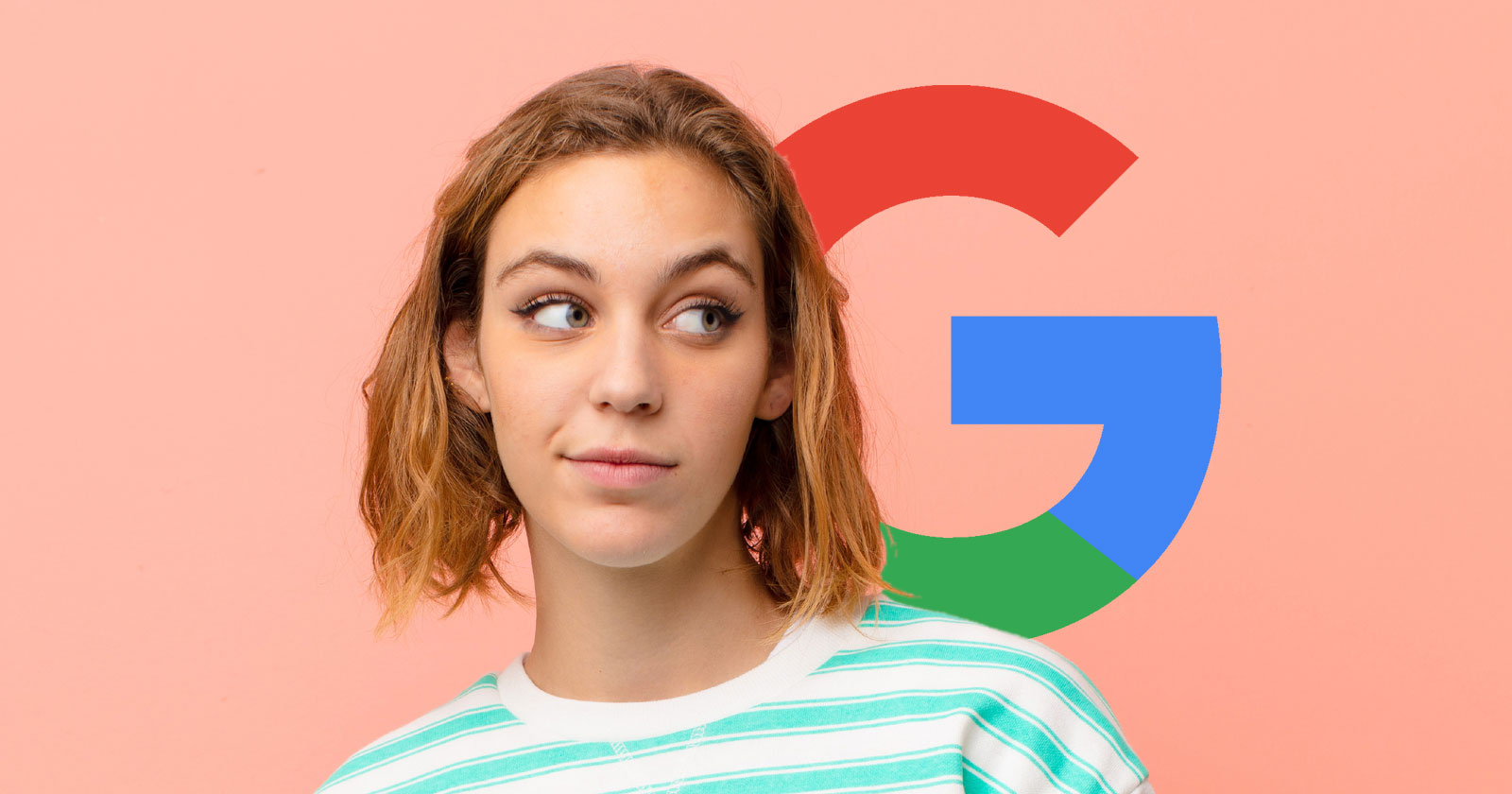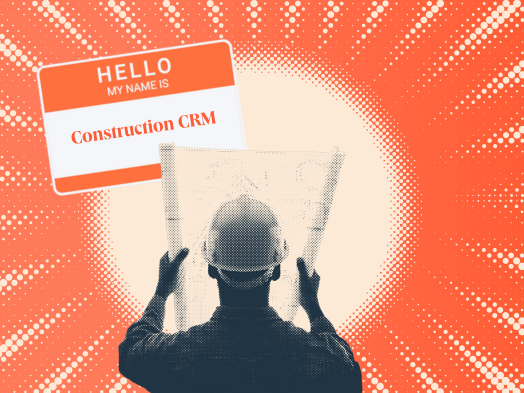Everything You Need to Know About Billboard Advertising
Whether you're commuting by car, bus, or train you may find yourself watching the world — and billboard advertising — go by.

Whether you're commuting by car, bus, or train you may find yourself watching the world — and billboard advertising — go by. Some billboards can be very entertaining. And according to 2023 research, 49% of adult consumers notice billboard ads more than they did just one year ago. Billboard advertising isn’t your typical inbound marketing strategy. But it can be a powerful way to build brand awareness and attract customers. It can also work to strengthen other marketing efforts such as blogging, online lead offers, or SEO. Keep reading to learn more, or jump ahead to the topic you're looking for: Billboard advertising is the process of using a large-scale digital or print ad to market a company, brand, product, service, or campaign. Billboards are typically placed in high-traffic areas, such as along highways and in cities. This helps make sure that they're seen by the highest number of drivers and pedestrians. And billboards fall under the category of out-of-home (OOH) advertising. Out-of-home ads can include billboards, bus shelters, wallscapes, and posters. Billboard advertising is effective for building brand awareness. This is because it broadcasts your business (or product or campaign) to as many people as possible. Because they’re in such busy areas, billboards tend to have the highest number of views and impressions when compared to other marketing methods. Until 3D digital billboards started going viral, many people were thinking that billboard advertising was a dated strategy. But while billboards are sometimes criticized for being disruptive, they're also quite effective. While billboard rental costs can be higher than digital advertising, there are many benefits to this type of marketing. In fact, the scale of the audience alone can create a big boost in brand awareness. How big a boost? Let's go over some statistics. Almost 82% of viewers can recall a digital out-of-home ad they saw over a month ago. 2022 Statista data shows that 32% of respondents like billboards, and 9% like them a lot. In comparison, a different Statista survey shows that online ads annoy 41% of respondents. And research from OOH Today says that out-of-home ads show much higher recall for consumers than: These incredible numbers may be why top brands are increasing their OOH advertising spending. The Out of Home Advertising Association of America data says that 79% of the top 100 advertisers increased their spending in 2021. Of those, 32% doubled their spending. 27% of the top out-of-home advertisers are technology or D2C brands. Another important area of billboard statistics is the increase in digital billboard advertising. Per 2021 Statista data, there are 350,000 billboards in the United States. Of those, 9,600 are digital billboards. And consumers who see digital billboard advertising often take action. According to 2020 Statista research, 35% of respondents visit a website or search online after seeing a digital billboard. And 20% recommend that product or brand. Plus a 2023 Azoth Analytics report says that the global digital billboards market was worth over $18.5 billion in 2021. The report expects this figure to grow by 7% in the next five years, an increase of more than $1.2 billion. The cost of billboard advertising depends on many factors. These include: Billboard advertising costs are typically charged monthly. They can range anywhere from $250 on a rural highway to upwards of $50,000 in Times Square. The average cost runs around $850 for four weeks. Digital billboard costs start at a slightly higher price point. While some can charge as little as $10 per day, the average cost of a four-week campaign is $2,100. As mentioned above, billboard advertising is out-of-home (OOH) advertising. This is any advertising that reaches consumers when they’re outside their homes. Each OOH advertising opportunity gets an OOH rating. This rating ultimately determines its value and cost to advertisers. Geopath is a nonprofit organization that gives OOH ratings. To do this, it uses technology and media research to estimate the weekly impressions of every billboard in the country. Then, OOH advertising companies, like the companies that own the billboard spaces, pay Geopath for this data. Then they share this data with potential advertisers. According to Geopath, there are up to 10 determining factors that make up an OOH rating and, therefore, the cost of each billboard advertising opportunity. Here are the three main factors: This is the total number of people who pass by the billboard each week. Local transportation authorities collect and share this information. This refers to the age, gender, income level, and other characteristics of the traffic that passes the billboard. Geopath collects this information from travel surveys and local transportation authorities. This is the number of people who see the billboard. This information is calculated based on many factors including: But the cost of billboard advertising doesn’t stop with "renting" ad space. You must also consider the cost of designing the billboard as well as printing and construction. Depending on what kind of billboard you want to create, this could cost anywhere from $2,000 to $100,000. This cost won’t apply to every billboard, but is something to consider if you want to get creative with your billboard. If you outsource your billboard design, these fees start at $150 but will go up depending on the agency or designer you choose. The complexity of your desired design matters too. For example, if you plan to create a 30-second 3D animation for your digital billboard advertising, these costs could start as high as $1,000 per hour. While digital billboard advertising is clearly a popular choice, it's also expensive. But 2022 data shows that digital billboards deliver a 38% ROI. Traditional billboards also have good ROI, with a 40% return on investment. Note: If you plan to run a digital billboard campaign to direct traffic to your website, this ROI calculator can help you figure out what to spend. Billboard advertising ROI may be lower than other forms of content marketing. That said, one of the most powerful reasons to advertise with a billboard is brand recognition. If that's your focus you may want to measure ROAS (return on ad spend) instead. Whether you're looking for a 3:1 or 5:1 return on your investment in billboard advertising, you'll need to do your research before committing. Then, make a plan to create and measure your billboard campaign for effectiveness. For example, adding a CTA with a unique URL to your billboard ad can help you track conversions. The billboard design tips below can also help you create a billboard with strong ROI. If you’re going to invest in billboard advertising for millions to see, you want it to do its job. Here are a handful of billboard design tips and examples that’ll make sure your billboard is effective and eye-catching. Successful billboards take viewers on a journey. Most billboard designs tell this story with imagery and maybe some text. In fact, most drivers stop reading after a few words. Use your billboard to show the essence of an idea or campaign rather than describing it with text. Apple’s iPhone challenges gather stunning images from iPhone users that highlight the photography features of the product. At the same time, they also add inspiration to public billboards. A story doesn’t have to be complex to be exciting. This 3D digital billboard example from BMW tells the story of their latest model heading out for a quick drive. Drivers or passersby only have a few seconds to get a glimpse at your billboard advertisement. To reach the highest number of viewers (and potential customers), keep your billboard design simple. After all, some people may be blowing by your billboard at 70 mph. Use big, bold fonts against contrasting background colors and avoid narrow, script fonts. Also, choose colors that stand out to viewers. If your billboard is in a rural area, avoid greens, blues, and browns. The fun example below plays with the traditional billboard format to quickly draw attention and engagement. This billboard example is just text and color, but it makes a bold and clear statement. If your message is the most important part of your billboard, use design decisions like font, layout, and color to draw attention to it. You may not have grown up in the neighborhood where you live, but you've probably lived there long enough to foster a certain sense of pride. So, when you wander by billboards that are authentic, you pay attention. Well-designed billboards reflect their location. They take advantage of sports teams, nicknames, nuances, or inside jokes related to the area. This can make the billboard (and brand) much more impressionable to those who see it. The popularity of the Shinjuku digital billboard in Tokyo, Japan makes it a hub for creative inventions like this example from Nike. Mobile billboard advertising like the example below can be where your audience is at the times they need what you’re offering. Some billboard advertising is temporary, but the local billboard below is now one of the icons of the city of Portland, OR. This article talks about the history of the Portland stag billboard and its origins as a sportswear brand advertisement. Depending on your billboard's location, you may be able to design it so it interacts with its surrounding environment. This strategy makes your ad stick out among the noise. It grabs the attention of passersby. The billboard from Intel and Genvid below is also an interactive game that viewers can play with their mobile devices. OOH advertising to stand out from the hustle and bustle of a regular commute (or the monotony of a long road trip). Your billboard shouldn’t be any different. Every billboard advertisement needs to tell a story or share a call-to-action in a way that’s interesting and memorable. Whether you call on humor, anger, empathy, or cleverness, use emotional marketing tactics in your billboard design to help with recall. Take a look at these examples of eye-catching, creative billboards. It's easy for anyone to put up a billboard, and businesses aren't the only ones looking to advertise. Proud moms congratulating recent graduates, singles looking for a date, and fans trying to save streaming shows are competing for billboard attention too. While some of these efforts may not be right for your brand, they bring smiles and news attention, and many of these local efforts end up going viral. Looking for more inspiration? Check out these edible billboard examples. Billboard advertising might not be your typical marketing strategy. But it’s a highly effective way to promote your products and boost your brand. So, make the most of the tips and examples above to create an unforgettable billboard for your brand. And, who knows? Someone may look out the window during their next commute and see your billboard — and become a new customer. Editor's note: This post was originally published in September 2019 and has been updated for comprehensiveness.Billboard Advertising
Does billboard advertising work?
Billboard Advertising Statistics
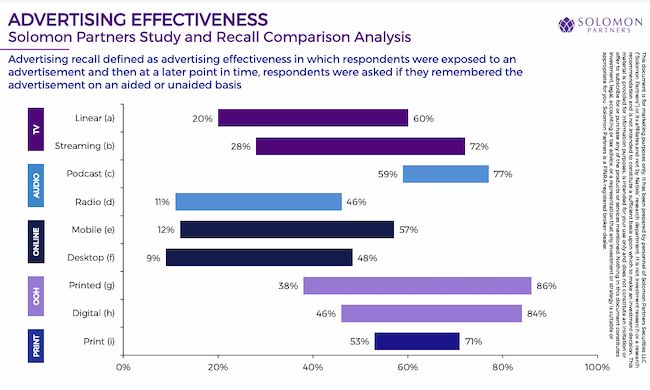
Billboard Advertising Cost
Circulation
Demographics
Impressions
Billboard Advertising ROI
Billboard Design Tips and Examples
Tell a (short) story.
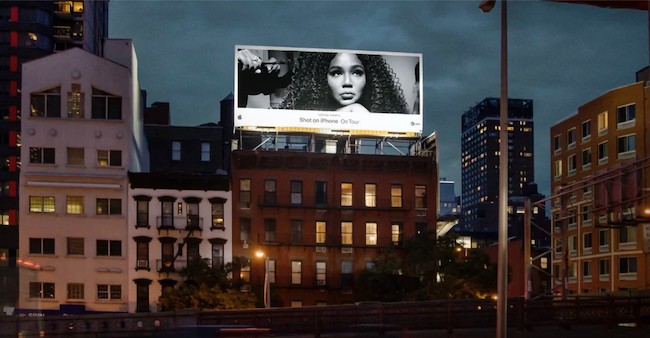
Make it bold and simple.
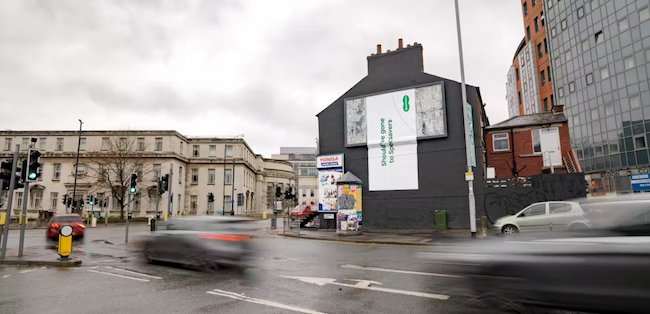
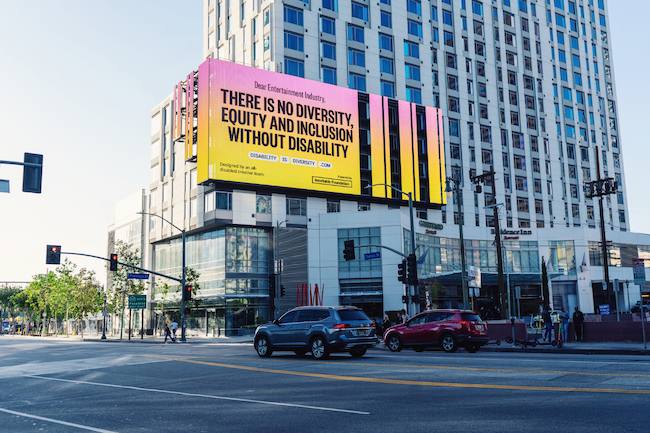
Consider its location.
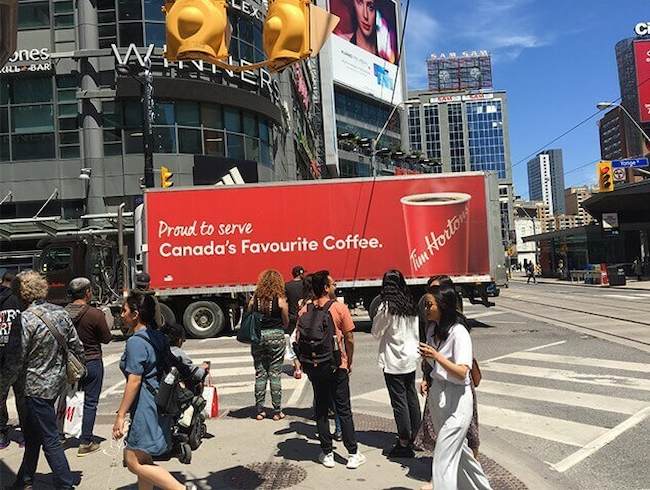
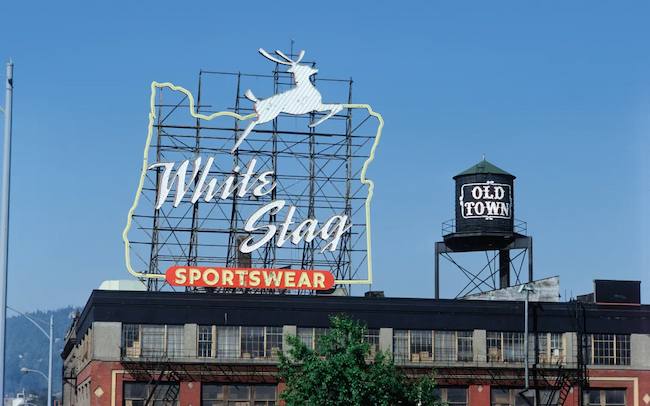
Make it interactive.
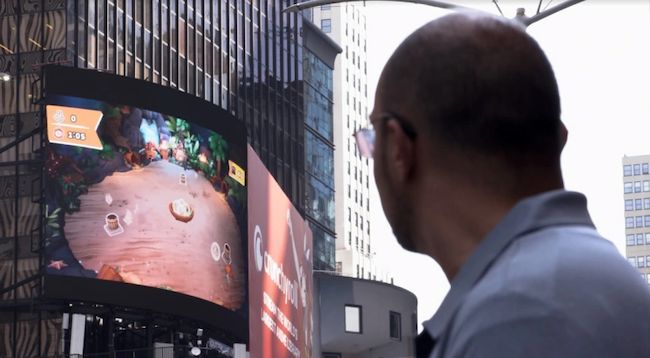
Make it memorable.

Out of Home Advertising: The Marketing You Never Knew You Needed

 JimMin
JimMin 
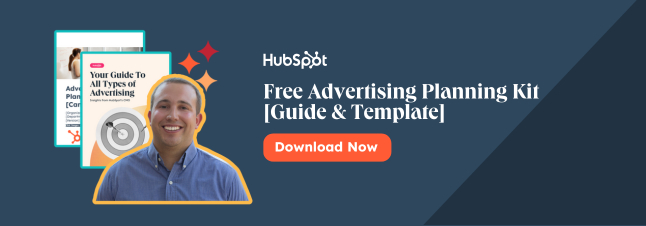








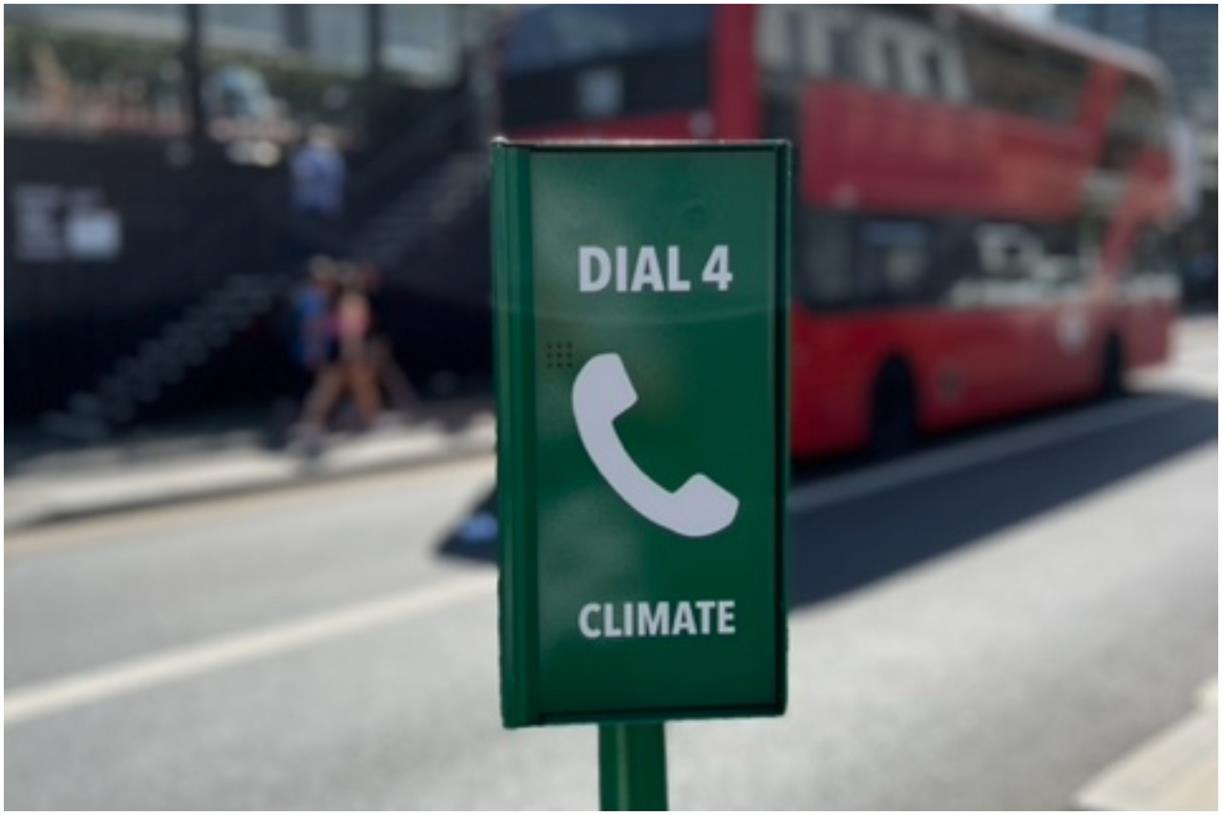
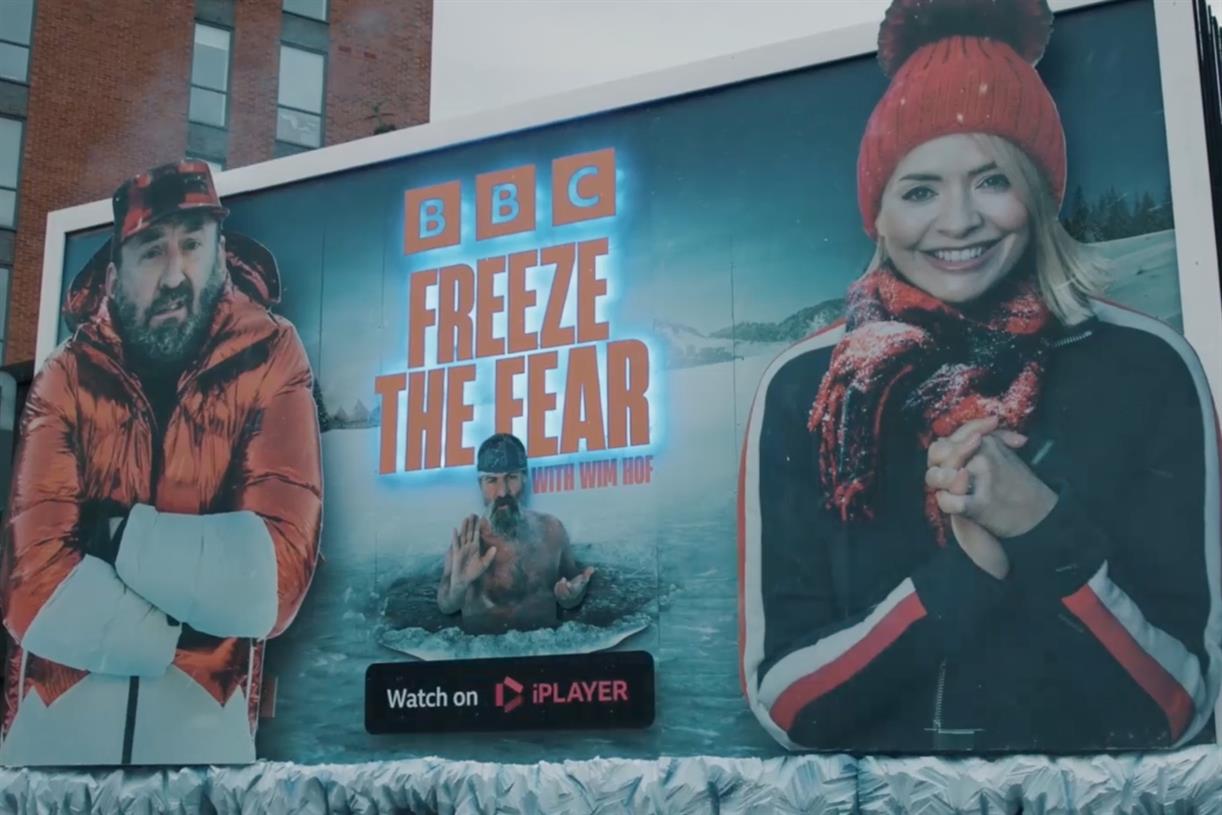
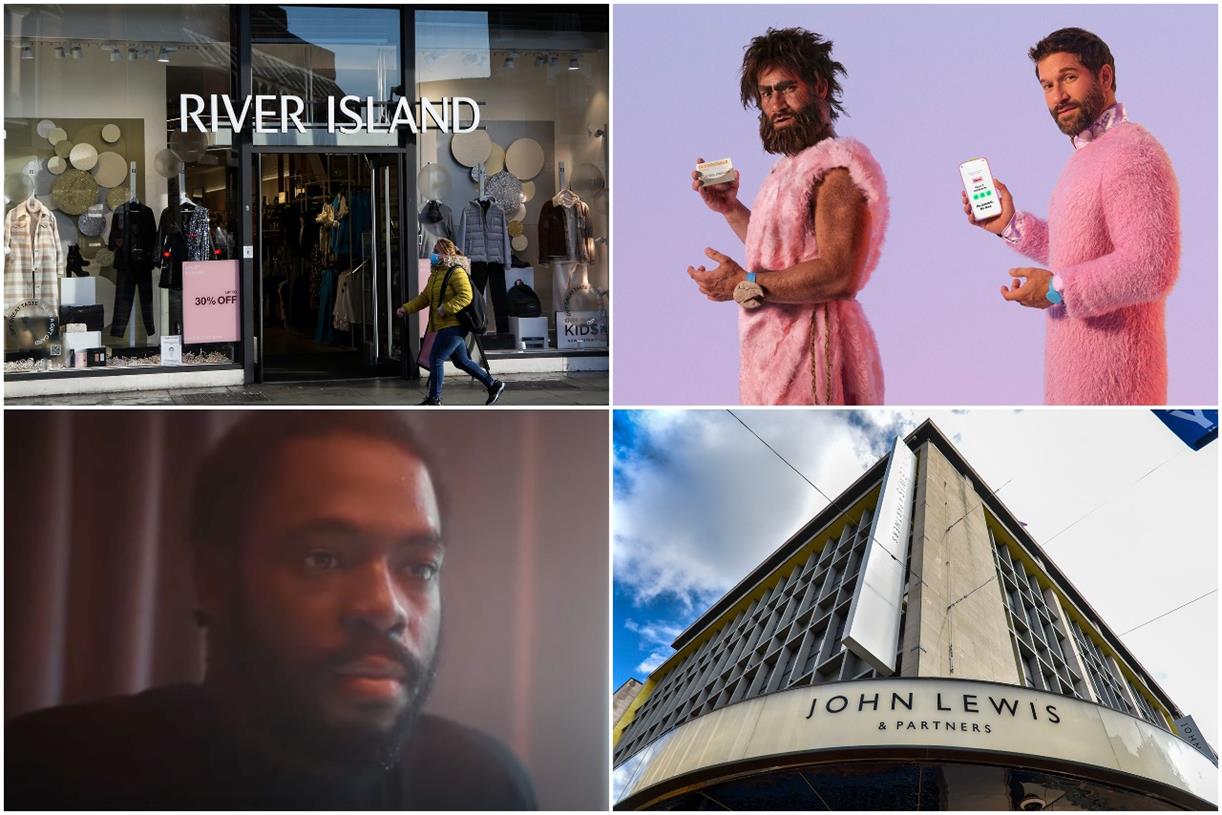
![A Better Strategy for Media Buying with Hassan Bash [VIDEO]](https://www.digitalmarketer.com/wp-content/uploads/2022/05/Hassan_Bash_Media_Buying_Thumbnail-1.png)

![How to Make an Animated GIF in Photoshop [Tutorial]](https://blog.hubspot.com/hubfs/make%20a%20gif%20in%20photoshop.jpg#keepProtocol)






